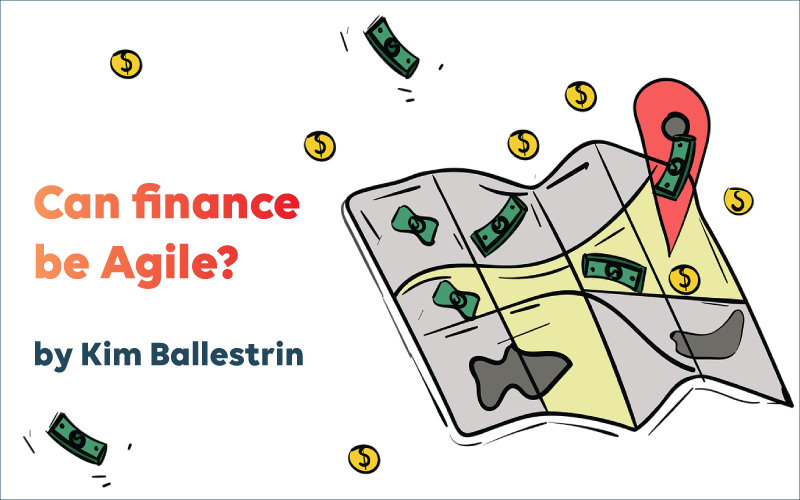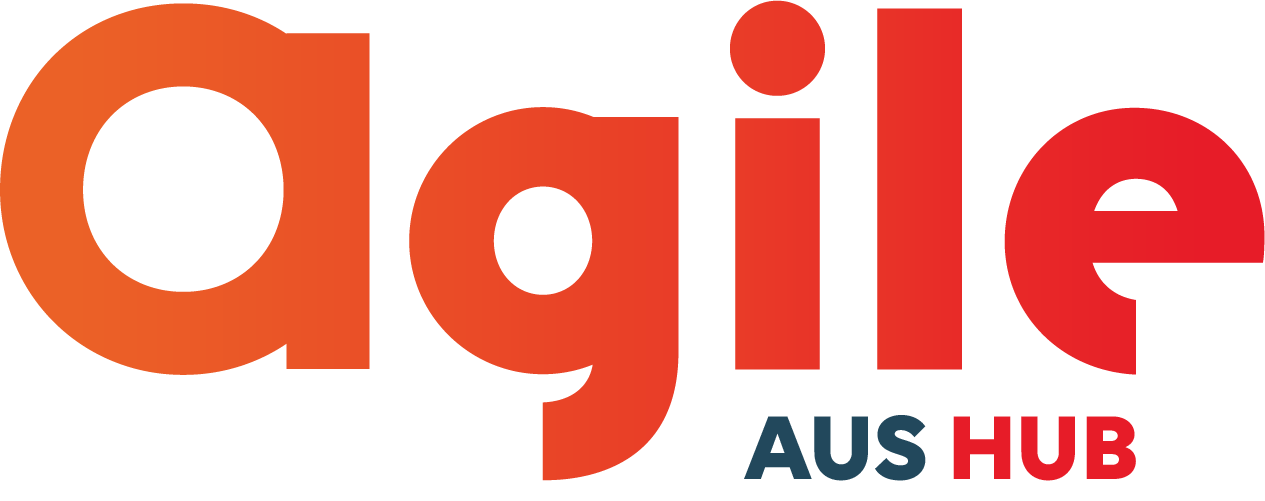
Can finance be Agile?
Guest post by Kim Ballestrin
I once worked in a place where we had the stage-gate funding process and it used to bother me that the amount of effort required to gain funding was the same whether you needed to find $50,000 or $50,000,000!
I’d often speculate that we might as well request much more than we needed for a piece of work so that we did not have to go through the process many times.
A quick explanation of stage gate funding for those that may not be familiar with it.
- Stage gate 1 is a small amount of seed funding to develop an idea.
- Stage gate 2 is where we check if the idea sounds like a good one and then we get a bit more funding to develop the business case (often to +/-10% certainty).
- Stage gate 3 is where we check again that the idea is sensible, that we are prepared to invest the money and then release the funding so that the work can proceed.
It seems like a very waterfall way to work – and it can be – mostly because the process for going to a stage gate review involves the development of many pages of powerpoint decks and excel templates that need to be submitted a couple of weeks prior to the monthly funding committees for approval. My theory used to be that if it was much simpler to get the funding, then we would have a much easier time of implementing Agile ways of working and therefore that the stage gate funding process was what we needed to change in order to get Agile working. But I was wrong.
At one point it became very simple to gain some funding – I was able to write a two paragraph email and get funding for a small piece of work – achievement unlocked. Now I could prove that the stage gate funding model was the broken thing and I would be able to rapidly deploy the customer experience item into production. But it was not the case – I immediately ran into team capacity issues. One team had a significant backlog of work and although we only required three days of effort from them we could not proceed. I was luckily able to re-purpose the funding for another area that did have capacity and the work was implemented. I learned some very valuable lessons.
“The stage gate funding model supports Agile approaches in that we should be investing only a little at the start to explore an idea”
My idea that the stage gate funding model was the main blocker to Agile adoption was completely incorrect – the main barrier to Agile ways of working in that area at the time was the understanding of team capacity and the methods of work sequencing/prioritisation. I have successfully worked with the stage gate funding model to finance Agile delivery and get features rapidly to market. It is a good idea to understand the way that finance and accounting works in an organisation – and building good relationships with the people that review things like business cases. These people understand what we need to do and why – for example, it is important that an organisation is a ‘going concern’ at all times (that it can pay the bills etc.) and standard accounting practices are one of the reasons we need to do financial year forecasting.
Take some time to explore the reasons behind the accounting and finance team requests before you are tempted to say something like ‘Agile won’t work here because the funding processes are broken’. The finance teams often become our biggest advocates for Agile approaches – they are very supportive of ways that can stop bad ideas early and minimise wasted investment.
The stage gate funding model supports Agile approaches in that we should be investing only a little at the start to explore an idea – customer experience, experimentation, lean startup are all examples that work well with Stage gate 1 funding.
Stage gate 2 is the point at which we should stop unviable ideas and only fund the work that looks promising – here is where Minimum Viable Products, A/B testing etc can work well.
Stage gate 3 is where we commit fully to a product and also stop nonviable ideas.
In a perfect world, we would have long-lived, stable teams that are funded on an ongoing basis – but not all organisations have that in place today and it will take time to get there.
Today I prefer to say ‘the funding process at the top level is not broken – but many of the processes feeding into it are broken’ based on the experiences that I have had. There is still a lot of work to do to integrate standard accounting practices with Agile ways of working and I look forward to the day when the finance teams are our advocates in all organisations.
Kim Ballestrin is leading a workshop in Melbourne in July 2021 on using approaches from the Cynefin Framework to manage complexity and ambiguity as part of AgileAus20-1.

Stay in the loop
To receive updates about AgileAus and be subscribed to the mailing list, send us an email with your first name, last name and email address to signup@agileaustralia.com.au.

0 Comments